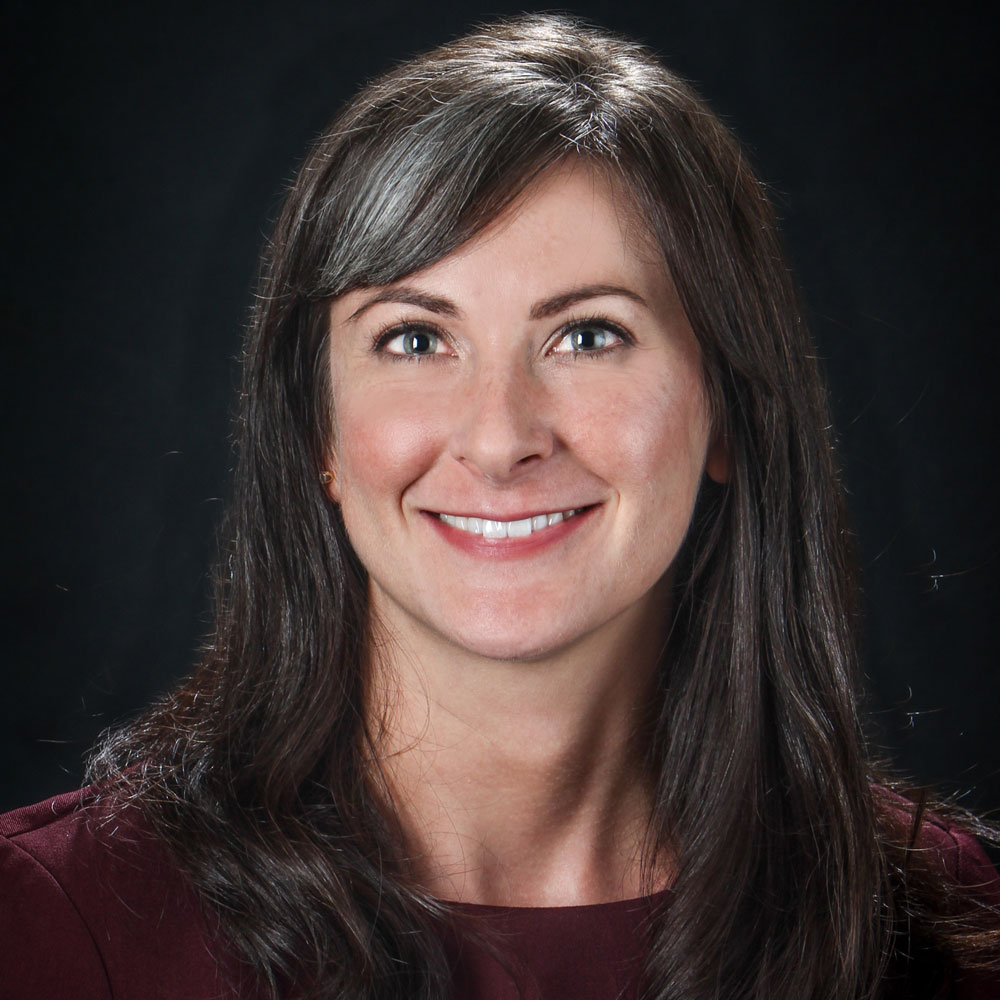Perspectives: South Carolina Supports Recovery
South Carolina has collectively taken on the opioid epidemic. It is a crisis that covers the state from the Lowcountry to the Upstate and the Pee Dee to the Midlands. It affects all South Carolinians.
“Everybody knows somebody affected by substance abuse disorder. These are people in our churches, our neighborhoods, our families and our friends. We have to do something collectively to stop this loss that impacts people deeply,” says Sara Goldsby, director of the South Carolina Department of Alcohol and Other Drug Abuse Services (DAODAS)*.
In 2017, Gov. Henry McMaster declared a statewide public health emergency and established the state’s Opioid Emergency Response Team. Goldsby is leading that effort.
Another way South Carolina is responding is the Opioid Risk Prevention Partnership (ORPP). The ORPP is a collaboration among BlueCross BlueShield of South Carolina, the South Carolina Hospital Association* and the South Carolina Medical Association* to advance the conversation among and between hospitals, providers, patients and the public on pain and the appropriate use of alternatives to opioids in pain management. The ORPP is promoting continuing medical education courses for doctors around effective pain management. The groups have also started a video series on social media to raise public awareness.
In the last few years, agencies across the state have been working to find solutions.
Changing the Law
The legislature has passed nine bills to address the issue in 2018, with more pending for lawmakers to consider.
The House Opioid Abuse Prevention Study Committee* has been tasked with finding preventive measures and increasing treatment and recovery options. In January, it released recommendations for coordination with state agencies, local governments and other stakeholders.
One of the biggest policy changes has increased access to the lifesaving overdose reversal drug naloxone and provided training for law enforcement officers who are often first on the scene. According to Goldsby, this effort has had a major impact with law enforcement using the methods 970 times since 2016 and 360 times so far this year.
“It’s been impactful work. We can’t say how many more deaths we would have seen,” she says. “That’s such a change to their roles traditionally. It’s unusual and absolutely necessary, and a direct result of the collaborative efforts.”
Working With the Health Care Community
Through DAODAS’ collaboration with the health care community has been integral to the efforts. Goldsby says South Carolina is working to get more doctors in short-term (acute) care settings to identify and screen for addiction and refer patients to treatment where they can be treated medically, just as they would be for other diseases.
The state has also been expanding access to treatment for substance abuse disorders with medically assisted treatment (MAT), the use of FDA-approved medications in combination with counseling and behavioral therapies. DAODAS has been able to focus efforts on regions of the state hit hardest by the epidemic and has expanded coverage throughout the state.
Drug use has other consequences. The infectious diseases transmitted because of this epidemic — hepatitis C and HIV — will also have a long-term effect on the state. In 2017, the incidence rate for hepatitis C was 127 per 100,000 residents, and HIV was 15 per 100,000 residents, according to data from the South Carolina Department of Health and Environmental Control*.
South Carolina has remained in middle rankings of severity among states dealing with the crisis, but it may also have been behind on escalation, meaning the worst of the epidemic may not have hit the state as early or severely as other states. This will likely affect the de-escalation of the crisis as well, Goldsby says.
“We’ve got a lot of work to do, and it will take everyone in the state. We have to shift our thinking from all angles,” she says.
Breaking Down Stigma
A big part of DAODAS’ efforts has centered on public education — changing the way we talk about substance abuse disorder and breaking down biases about drug addiction — with the Just Plain Killers campaign.
“We are slowly chipping away at the bias,” Goldsby says.
She says she hopes that one day we can talk about substance abuse disorder the same way we talk about cancer.
“A lot of people see it as a weakness. If we dig deep into the science and address it as we do other chronic disease, that stigma would fall away. It isn’t something to be ashamed of,” she says. “We need to be talking about substance abuse disorder in the same way.”
One of the most important things South Carolinians can do in this crisis is talk to their kids about safely taking medication, Goldsby says. Illicit drugs these days often look like prescription pills that people think are safe.
“They need to hear from parents it is never safe to take medication that you didn’t get from a parent or school nurse,” she says.
Supporting Recovery
As the epidemic continues, so do the news reports about escalating numbers of overdose deaths. But what is often overlooked is the growing number of people in recovery. Today, in South Carolina, there are more than 300,000 people in recovery. On behalf of the state, DAODAS continues to support recovery community organizations, advocacy and the voices of people in recovery.
“Every day, we have more and more people in recovery. It’s about elevating those voices,” Goldsby says. “We don’t want them hidden. We want them to be proud. That is what changes the stigma.”
As more people share their stories of recovery, more people who are struggling with substance abuse disorder can see that there is hope, she says.
“We want to keep celebrating recovery. There are hundreds of thousands of reasons to be hopeful,” she says.
*These are independent organizations that offer health information that you may find helpful.
Sep. 24, 2019
In 2018, there were 816 overdose deaths related to opioids in the state according to the South Carolina Department of Health and Environmental Control (S.C. DHEC)*.
Captain Brian Godfrey from the Richland County Sheriff's Department shares his perspective on the opioids crisis in South Carolina.
Local South Carolina resident Ron Morris shares his perspective on opioids addiction and recovery.

About Sara Goldsby
Sara Goldsby was confirmed as director of DAODAS by the South Carolina Senate on Feb. 8, 2018. As director, she has led South Carolina’s response to the opioid crisis and currently serves as co-chair of the State Opioid Emergency Response Team. Under her leadership, DAODAS has been instrumental in helping local law enforcement agencies employ naloxone.
With passion around social determinants of health and access to care, Goldsby has worked in legal and dental practices, and hospital case management. She earned her Master of Social Work and Master of Public Health degrees — with an emphasis on health services, policy and management — from the University of South Carolina in 2015.

What You Should Do
- Talk to your doctor. People should have open conversations with medical professionals about any concerns they have about prescription drugs.
- Talk about substance abuse. The only way to break down the stigma is to talk about it more openly.
- Clean out the medicine cabinet. Get rid of unused prescription drugs or keep ones that are needed locked away in a safe place. Find a safe disposal site.
- Know how to use naloxone. More than 80 percent of overdoses occur in the home. Knowing how to use the lifesaving drug and having access to it can save the life of a loved one.
- Talk to your kids. Teenagers need to know that taking pills that haven’t been prescribed by a doctor and given by a parent or school nurse is unsafe.
- Find treatment. If you are a BlueCross member, you can call the number on your ID card to find help. For more information, visit the DAODAS website.




















